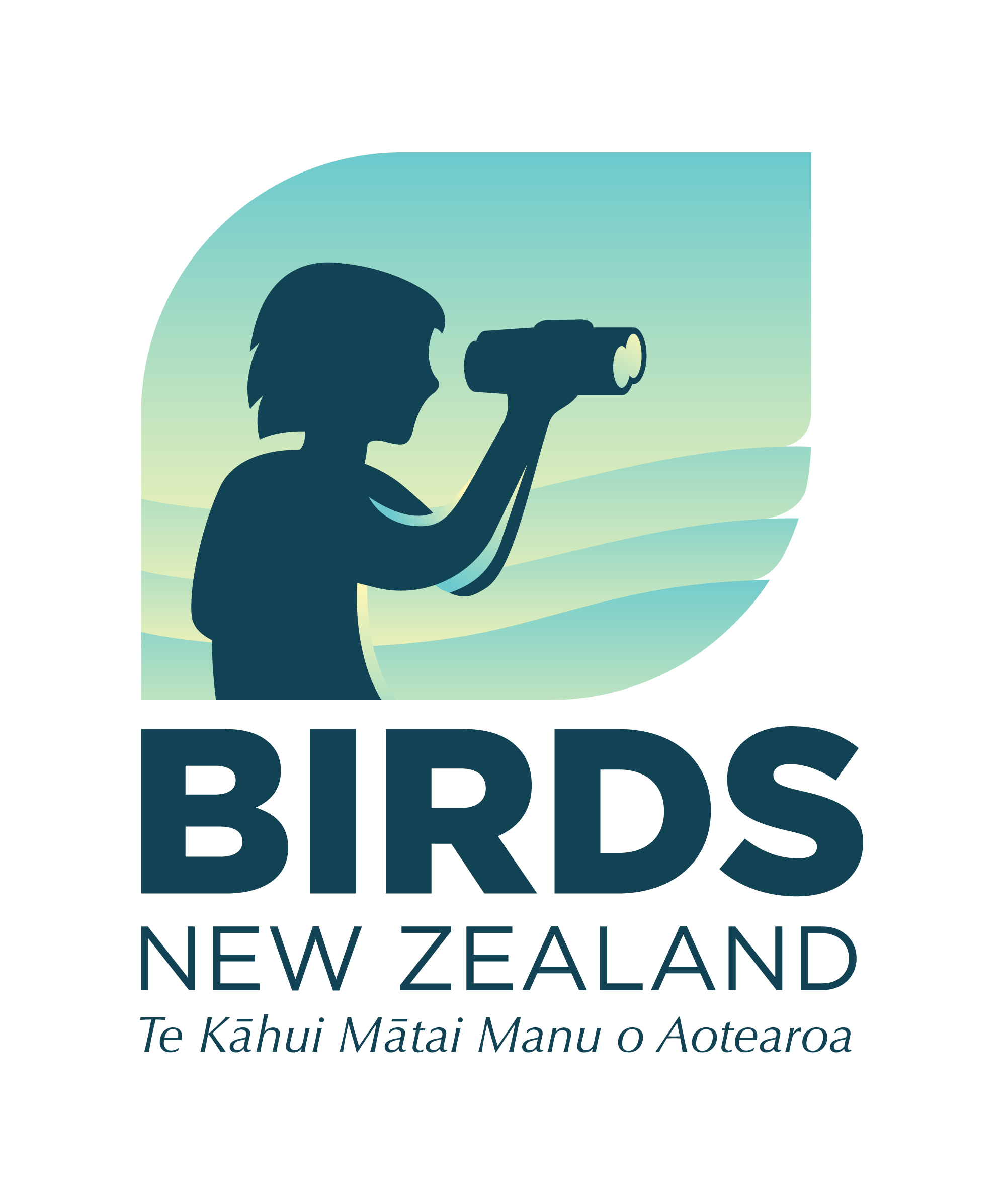Notornis, 21 (2), 135-166
Article Type: Paper
The distribution and abundance of seabirds in eastern Cook Strait during autumn is described. Notes on identification and behaviour are also included. Three coastal currents of mixed subtropical and sub-antarctic origin intermingle in eastern Cook Strait. Seabird assemblages of this region are dominated in autumn by large numbers of non-breeding migratory shearwaters from northern New Zealand. These birds leave in early May and are replaced by subantarctic species. White-capped mollymawks, SaIvin’s mollymawks and giant petrels are numerous in early autumn prior to their dispersal into the eastern boundary currents. The seasonal variability of food for offal-feeding petrels is much less than for species which feed solely on pelagic organisms. This explains the rarity with which flesh-footed shearwaters, Cape pigeons, Westland black petrels and albatrosses are cast ashore, and limits the value of storm-killed records as indices of petrel abundance.
